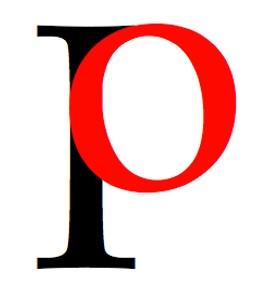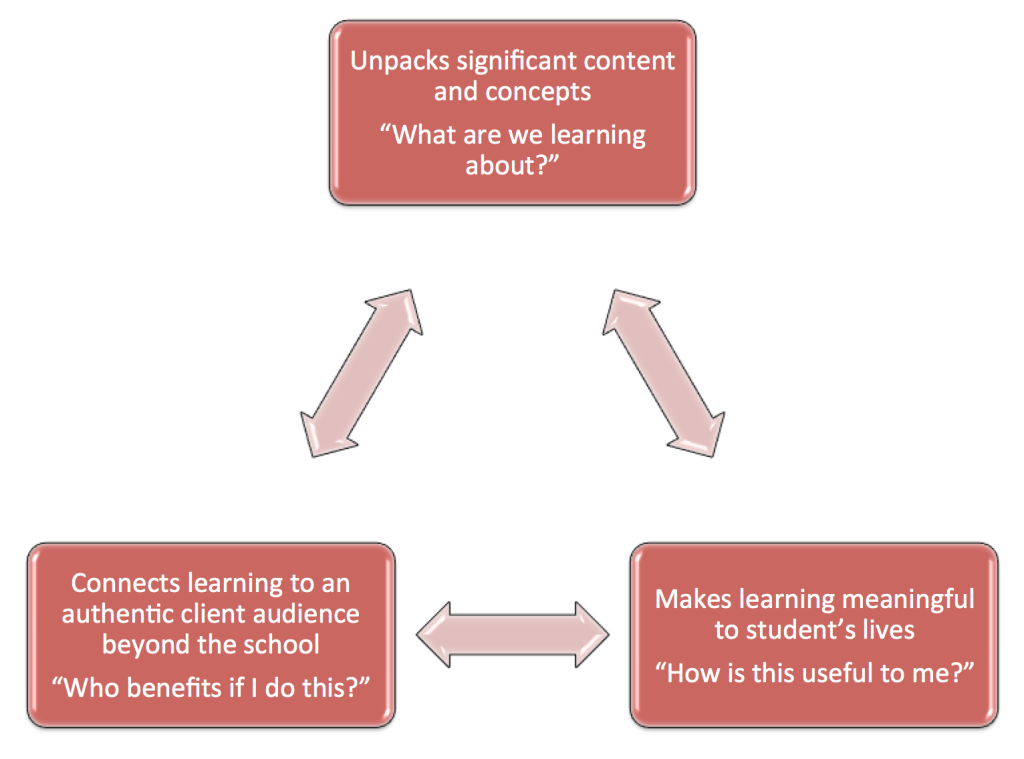There are coffee tables across the world that–if they could talk–could tell stories about conversations among professionals. One possible scenario are the tables that shared the conversations of such influential thinkers as Lynn Erickson, Grant Wiggins, Jay McTighe, and others. Years ago, I met Lynn Erickson who’d just given a talk at the Summer Institute of Academic Diversity (SIAD), hosted by Carol Tomlinson, one of the leading pioneers of how effective Differentiated Instruction is discussed and influences classroom instruction today. Susan Allan is another influential pioneer on Differentiated Instruction. Lynn’s talk about concept based instruction open doorways in my mind that even today have a profound effect on my lenses for education. Like Understanding by Design (UBD) and Differentiated Instruction, Concept-Based Instruction had a profound impact on my professional growth with Project Based Learning (PBL) and effective unit design.
 Whether for Project Based Learning or enriched units of study, having a solid question that students answer by what they complete as the final product and/or performance is critical. This is also true in business and school improvement initiatives. A good driving question enables a staff to delve deep into the work and produce rich solutions and plans that go beyond surface-level action. Creating good over arching questions that frames a unit for deep inquiry and connects learning to our lives is a daunting and challenging task.
Whether for Project Based Learning or enriched units of study, having a solid question that students answer by what they complete as the final product and/or performance is critical. This is also true in business and school improvement initiatives. A good driving question enables a staff to delve deep into the work and produce rich solutions and plans that go beyond surface-level action. Creating good over arching questions that frames a unit for deep inquiry and connects learning to our lives is a daunting and challenging task.
Earlier, I talked about Driving Question Basics, which provides a foundation of what characterizes good questions.
What follows, builds off of these basics. Often when teachers craft driving questions, the struggle is how to connect the core content and concepts to the project/unit outcome AND make it engaging so students are hooked.
There are five steps:
Step 1: Identify 1-2 key academic concepts
Step 2: Choose a universal theme
Step 3: Craft a statement that begins with the stem: “Students understand that…” Include the words from steps 1 and 2.
Step 4: Transform the statement from step 3 into a question.
Step 5: Revise the question so that it is in student friendly language.
Now let’s take a closer look at each step.
Step 1: Identify 1-2 key academic concepts
Review your essential standards that students will need to deeply understand by the end of the unit. Unpack those standards for the key concepts. Choose from those concepts the ones with overarching effect. For example, from the 8th grade Common Core English standards on writing:
- CCSS.ELA-Literacy.W.8.1 Write arguments to support claims with clear reasons and relevant evidence
- CCSS.ELA-Literacy.W.8.1a Introduce claim(s), acknowledge and distinguish the claim(s) from alternate or opposing claims, and organize the reasons and evidence logically.
Concept: Counter Claims
Step 2: Choose a universal theme
A universal theme is an idea or concept that is timeless and/or cross-cultural. Some examples include peace, conflict, love, justice, tolerance. Doing a search using the key words- universal themes list -you’ll find lists that are mostly literary, or try- universal themes and generalizations -to find lists coming mostly from the Gifted and Talented world, but quite useful for all students.
Theme: Justice
Step 3: Craft a statement that begins with the stem: “Students understand that…” Include the words from steps 1 and 2.
It’s important that the stem be used as is. The resulting statement will get to the heart of what students (or participants in adult work groups) need to deeply understand from the project/unit experience. In UBD, this would become a Big Idea for the project/unit.
Students understand that…exploring meanings from counter claims helps us to convince skeptics on the justice for ideas and people we advocate.
Step 4: Transform the statement from step 3 into a question.
This is a critical step for crafting the Driving Question. The results will be in teacher language. That’s okay. This step is about framing a question that maintains the value of the overarching understanding composed in step 3. The resulting question will maintain the key words from steps 1 and 2, but could be rephrased in different language.
How can we use counter arguments to our viewpoint to convince skeptics on the justice needed for those who we advocate?
It’s tempting to stop here because the content is present in the question. This question will work well as an essential or guiding question (Wiggins). It helps students understand important content and concepts that must be included in their answer to the Driving Question.
Step 5: Revise the question so that it is in student friendly language.
The final step is for making a question that can hook students into the unit. The academic concepts may not be present in the language, but is implied.
How can we convince others of the justice of our cause?
Once these steps are completed, you’ll have a good draft for a Driving Question. As the PBL Unit or traditional unit is further developed, the question will be refined.
Note: the driving question is tied directly to the final product/performance. What students do by the end of the unit to demonstrate their proficiencies should also answer the Driving Question.
Here are more examples of this process by teachers. The results are initial drafts that will be further refined as they develop their Project Based Learning Units.
Science & Social Studies
- Key Concepts: Environment and Marketing
- Theme: Nature
- Students understand that…environmental science can be marketed for revenue.
- How can environmental science be marketed for revenue?
- How could exploring science at our Outdoor Education Center be used to make money for the district?
Geometry
- Key Concepts: Volume and Surface Area
- Theme: Capitalism
- Students understand that…volume and surface area can affect (capitalism) cost of packaging.
- How does knowledge of geometry help manufacturers design packaging?
- What is the best way to package a select product?
Grade 5 Interdisciplinary Team Project
- Key Concepts: Scientific Method (Science), Statistics (Math), and Informational Text (English)
- Theme: Forecasting
- Students understand that…they can use statistics and informational texts to help predict future weather events.
- How do statistics and informational texts help predict future weather events?
- How can we inform our community about the dangers of severe weather?


Thanks John. DQ is toughest element of PBL to get right. I’ve found some success with emphasizing the real ‘problem to be solved’ aspect’ of DQ to get everyone focused on answering the question rather than understanding the topic. E.g. “How can we inform our community about the dangers of severe weather?” > “How can we design a media awareness program that mobilizes our community to better prepare for the dangers of severe weather?’